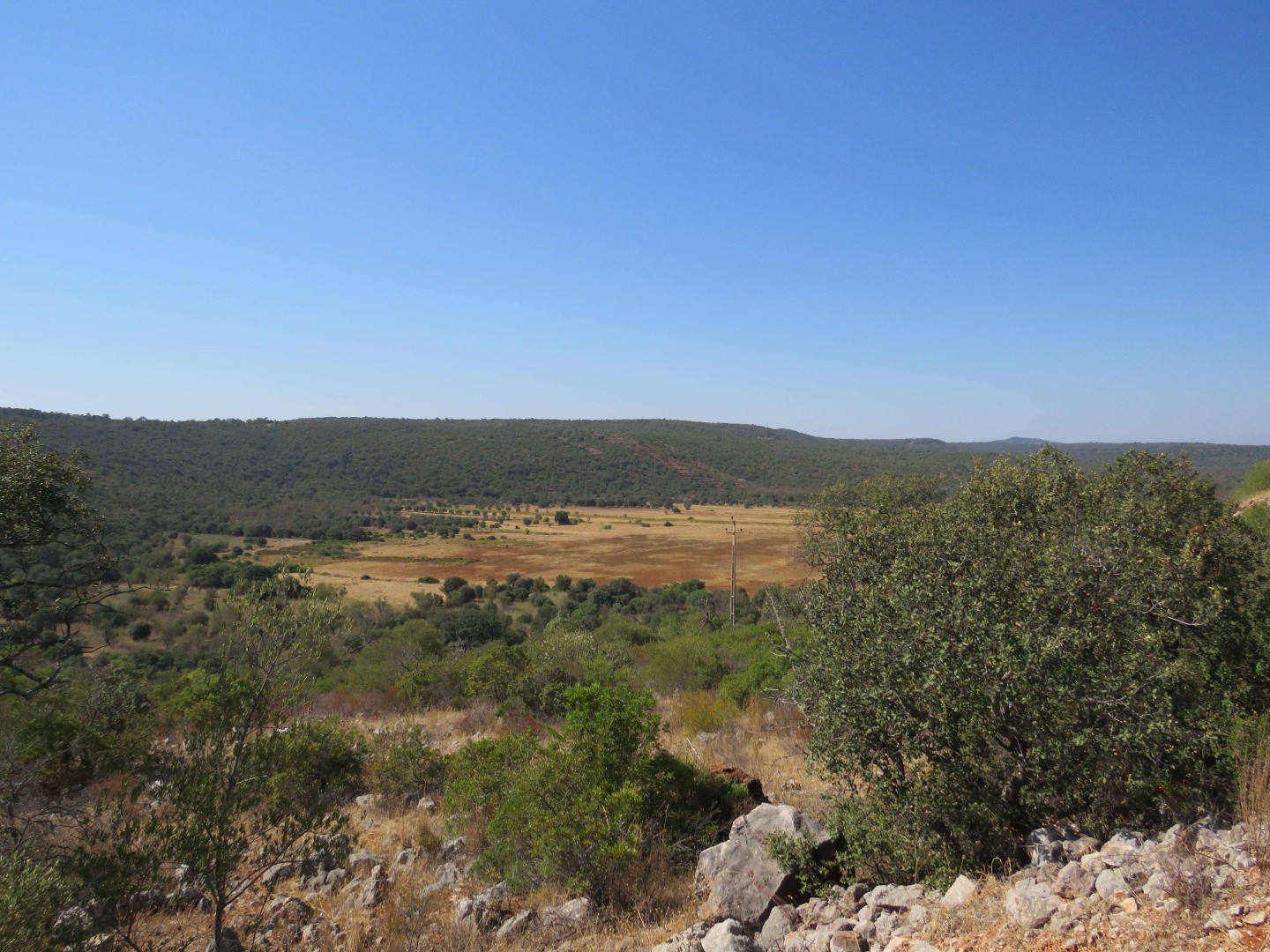Coastal Dynamics
![]()
In the cliffs of the Ancão Peninsula, sedimentary sequences are exposed representing the change in the old river pattern. The transition from Early Pleistocene wet landscape sedimentation (c. 2.6-1.8 Ma) to Late Pleistocene dry landscape sedimentation (c. 129,000 – 11,700 years) can be seen.
At the base of the cliff one can see medium-grained white sand and quartz pebbles, indicating a fluvial environment with more energy, which becomes fine-grained with muscovite to the top, indicative of lower energy. This is the unit assigned to the Early Pleistocene.
Above, there is a level of yellowish sandy silt, with red sands where oblique stratification is found deposited on an erosion surface. The sedimentary geometry indicates an ancient fluvial environment with an arid climate where there is no main channel, but rather a series of channels loosely embedded in the substrate that move laterally in the alluvial plain, with coarse river bottom materials deposited on erosion surfaces over the thinner sediment areas of flood zones. These upper units are the ones assigned to the Late Pleistocene.
Locality: Ancão









